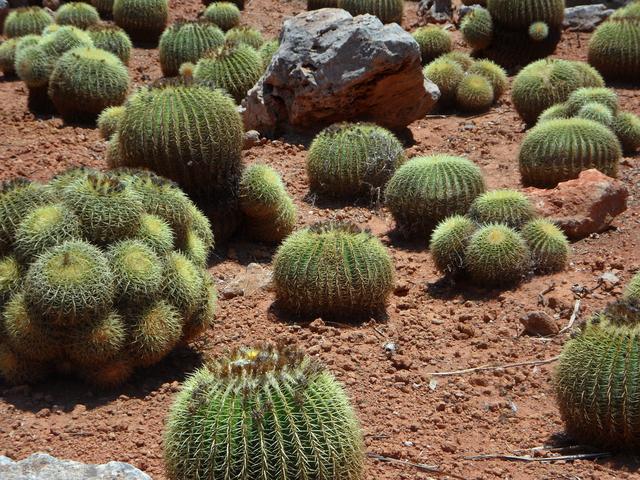Myths about teaching can hold you back
- Year 9
Adaptations
I can describe the adaptations of some species that make them well suited to survive in their environment.
- Year 9
Adaptations
I can describe the adaptations of some species that make them well suited to survive in their environment.
These resources will be removed by end of Summer Term 2025.
Switch to our new teaching resources now - designed by teachers and leading subject experts, and tested in classrooms.
These resources were created for remote use during the pandemic and are not designed for classroom teaching.
Lesson details
Key learning points
- Species have features which make them well suited to survive in their environment.
- These features are called adaptations.
- Examples of adaptations of particular species of animals and plants.
- How particular adaptations provide an advantage in the environment in which the species lives.
Keywords
Adaptation - An adaptation is a feature that organisms have to help them live in a particular place and survive.
Camouflage - Camouflage is a strategy that organisms use to disguise their appearance, usually by blending in with their surroundings.
Photosynthesis - Producers make their own food using a series of chemical reactions called photosynthesis.
Common misconception
As students struggle to remember that plants are alive, they don't think of plants as being adapted to their surroundings.
This lesson gives many examples of the adaptations plants have which help them to thrive in their environments.
To help you plan your year 9 science lesson on: Adaptations, download all teaching resources for free and adapt to suit your pupils' needs...
To help you plan your year 9 science lesson on: Adaptations, download all teaching resources for free and adapt to suit your pupils' needs.
The starter quiz will activate and check your pupils' prior knowledge, with versions available both with and without answers in PDF format.
We use learning cycles to break down learning into key concepts or ideas linked to the learning outcome. Each learning cycle features explanations with checks for understanding and practice tasks with feedback. All of this is found in our slide decks, ready for you to download and edit. The practice tasks are also available as printable worksheets and some lessons have additional materials with extra material you might need for teaching the lesson.
The assessment exit quiz will test your pupils' understanding of the key learning points.
Our video is a tool for planning, showing how other teachers might teach the lesson, offering helpful tips, modelled explanations and inspiration for your own delivery in the classroom. Plus, you can set it as homework or revision for pupils and keep their learning on track by sharing an online pupil version of this lesson.
Explore more key stage 3 science lessons from the Adaptations, competition, natural selection and evolution unit, dive into the full secondary science curriculum, or learn more about lesson planning.

Licence
Prior knowledge starter quiz
6 Questions
Q1.Which is the best description of this polar environment?
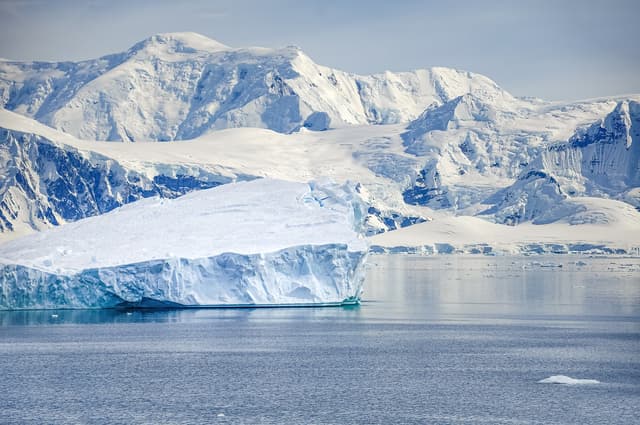
Q2.Which is the best description of this desert environment?
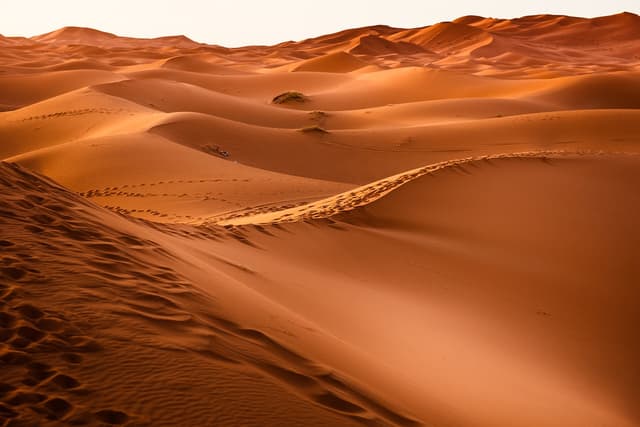
Q3.True or false? A habitat is the place where an organism lives. It must provide food, shelter and a place to reproduce.
Q4.What of the following would not cause a habitat to change?
Q5.What is photosynthesis?
Q6.An is a feature that organisms have to help them live in a particular place.
Assessment exit quiz
6 Questions
Q1.What is the name given to the features that help organisms to live in a particular place?
Q2.Which one of these is not an adaptation of a shark?
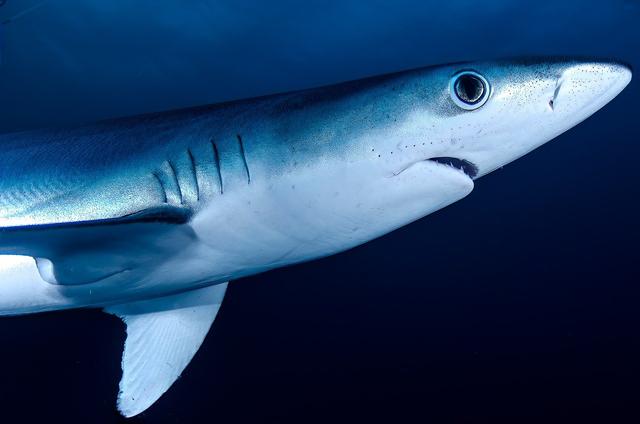
Q3.What word describes organisms that blend in with their surrounding?
Q4.What adaptations might a mammal in the Arctic have?
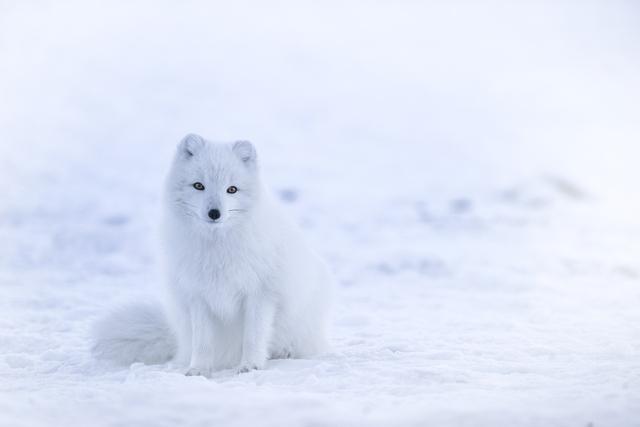
Q5.Which of the following are adaptations that a cactus might have?
